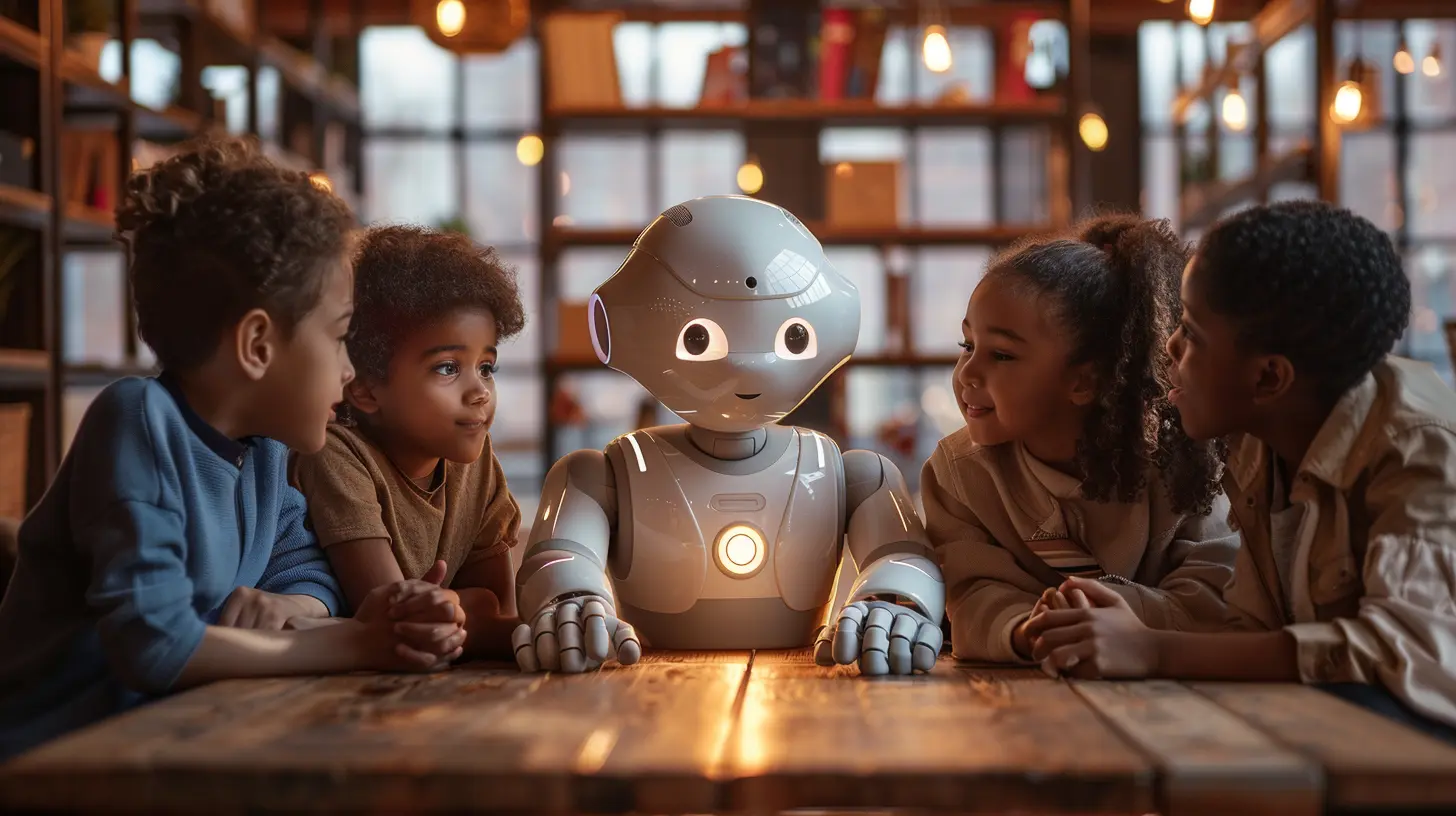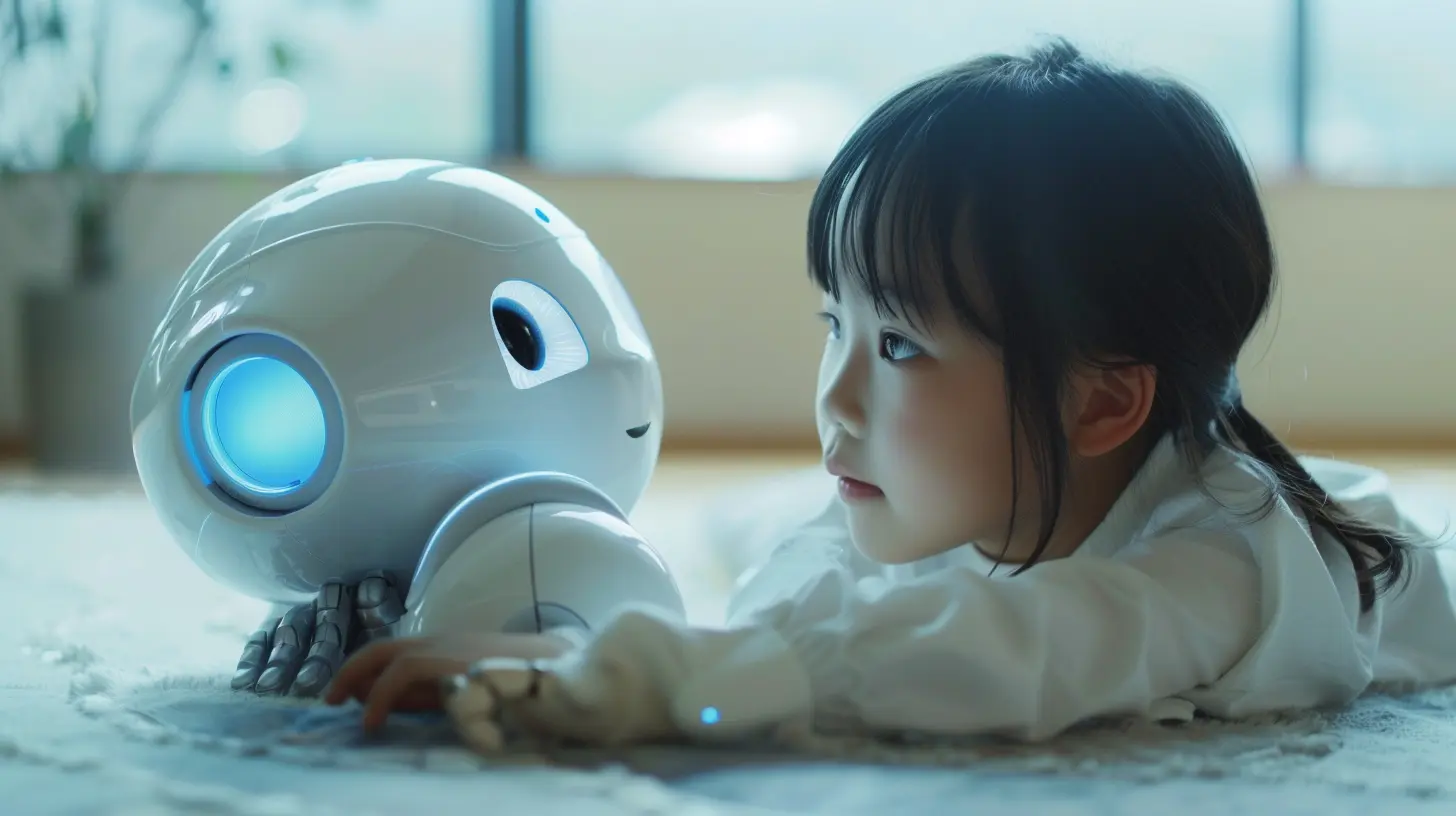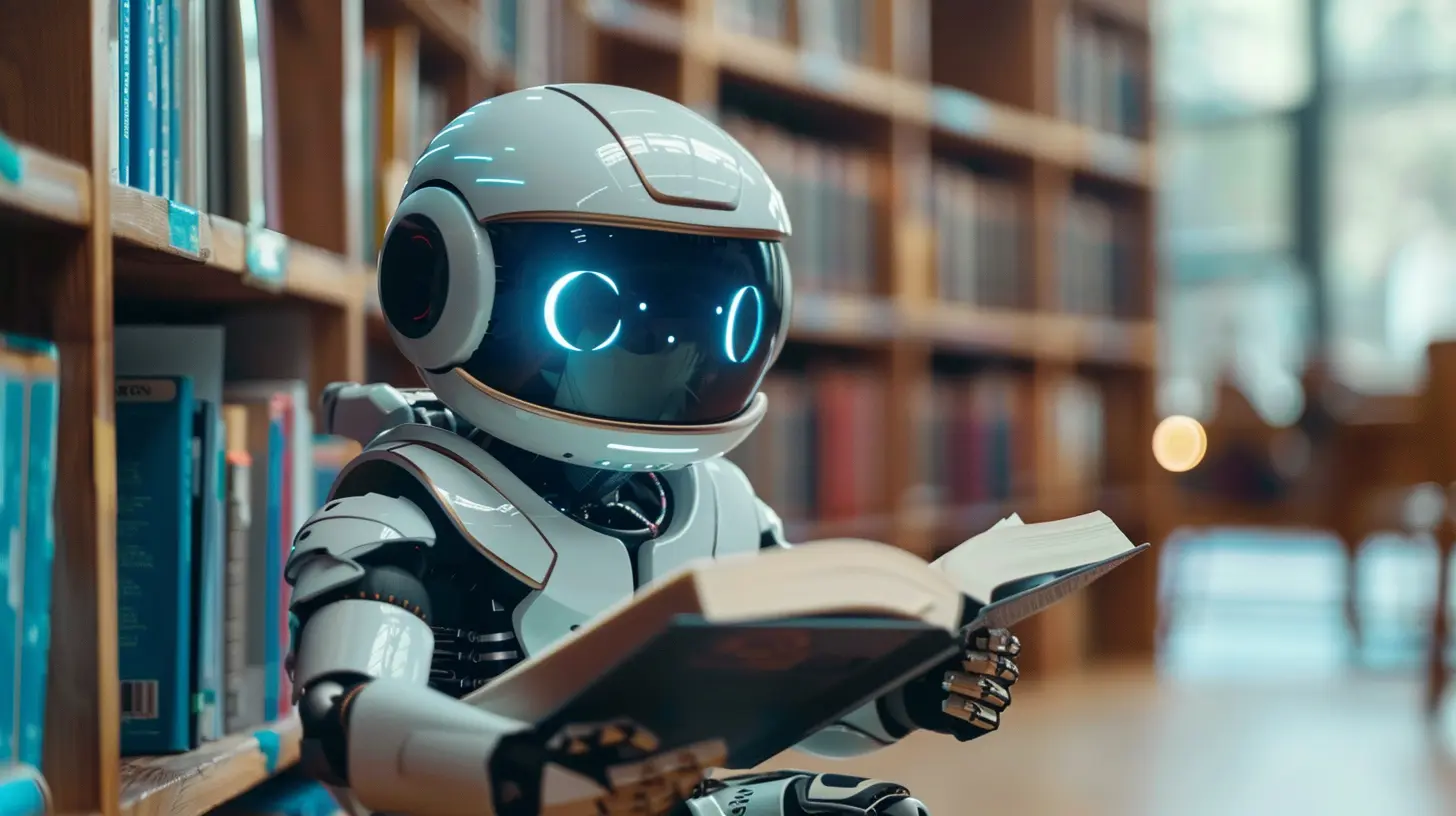How Artificial Intelligence is Transforming Second Language Education
5 August 2025
Imagine walking into a classroom where your teacher knows exactly what you struggle with, gives you immediate feedback, and tailors every lesson just for you. Sounds like a dream, right? Well, that dream is becoming a reality—and it’s all thanks to Artificial Intelligence (AI). If you've ever used a language learning app and felt like it just "gets you," there’s a good chance AI had something to do with that. Let's dive into how AI is completely reshaping second language education.
Why AI and Language Learning Make the Perfect Pair
Learning a new language is tough—no sugarcoating it. From memorizing vocabulary to mastering grammar rules and pronunciation, it’s easy to feel overwhelmed. That’s where AI swoops in like a super-smart study buddy who never gets tired.AI thrives on data. It can analyze how you learn, what you remember, where you trip up, and adjust accordingly. It’s like having a 24/7 personal tutor that evolves with you.
Personalized Learning: Tailor-Made Just for You
One-size-fits-all education? That’s so last century.AI-driven tools adapt each lesson to your learning style and pace. Struggling with verb conjugation? AI catches that pattern and focuses on it more. Breezing through vocabulary? Great! It moves you forward without wasting time.
Apps like Duolingo, Babbel, and Rosetta Stone use AI algorithms to figure out what you know and don’t know, making your learning path as unique as your fingerprint.
Instant Feedback = Faster Progress
Let’s be honest—waiting days to hear back from a teacher about an assignment can be a buzzkill. With AI, feedback is instant.Say you mispronounce a word or mess up a sentence structure, advanced speech recognition tech jumps in to correct you on the spot. Tools like Google Speech Recognition and iTalki give learners immediate insights, cutting down the time it takes to improve.
It’s like having an always-on grammar police—but in a good way.
Breaking the Language Barrier with AI Chatbots
Ever felt awkward practicing a new language with native speakers? Fear no more. AI-powered chatbots are here to talk with you, judge-free.Tools like ChatGPT, HelloTalk, and Replika simulate real-life conversations in your target language. These bots understand context, ask follow-up questions, and hold conversations that feel surprisingly human.
Think of it as chatting with a super patient pen pal who’s fluent in 50+ languages.
Gamification: Because Learning Shouldn’t Be Boring
Let’s face it—traditional language learning can be a slog. AI adds a fun twist by turning lessons into games. Points, streaks, badges—you name it.Gamified apps use behavioral data (yep, thanks AI!) to keep you hooked. They know when to challenge you, when to ease up, and how to keep you coming back. Basically, AI makes learning feel like leveling up in a video game.
If you’ve ever stayed up late just to keep your Duolingo streak alive, you know exactly what we mean.
Virtual Reality (VR) + AI: A Match Made in Teaching Heaven
Picture this: You’re walking through a market in Paris, haggling over fresh croissants—all from your living room.With VR and AI combined, immersive language learning is no longer sci-fi. AI tracks your interactions, corrects your mistakes in real time, and helps you practice in real-world scenarios.
Platforms like Mondly VR and Immerse use AI to monitor your speech and body language while placing you in life-like environments. It’s basically study abroad without the jet lag.
Real-Time Translation and Pronunciation Tools
Ever wished for a real-life universal translator? AI is pretty close.Apps powered by machine learning like Google Translate, Microsoft Translator, and SayHi offer real-time translations with improving accuracy. Even better, pronunciation guides (using AI speech models) help you sound more like a native speaker.
No more awkward pauses flipping through a dictionary—the help is literally in your pocket.
AI Helps Teachers, Not Replaces Them
Let’s clear up a big myth—AI isn’t here to steal teachers’ jobs. Instead, it helps them be better at what they do.With AI handling the repetitive stuff—like grading quizzes or tracking student progress—teachers have more time to focus on actual teaching. They can use AI insights to identify struggling students or tailor activities to diverse skill levels.
Think of AI as the teacher’s right hand, not a replacement.
Language Learning Gets More Inclusive
AI also plays a major role in breaking down barriers. Have a learning disability like dyslexia? AI can adapt materials to make them easier to understand. Need text-to-speech or visual aids? AI’s got it.It ensures no learner gets left behind, creating a more inclusive and accessible classroom for everyone.
AI in Language Proficiency Testing
Test anxiety? You’re not alone. Traditional exams can be stressful and not always accurate at measuring real-world proficiency.AI-powered assessment tools like Duolingo English Test or Pearson’s Versant use smart algorithms to evaluate grammar, pronunciation, fluency, and comprehension—all in a more relaxed, user-friendly environment.
Plus, these tests can be taken remotely, anytime, anywhere. Super convenient, right?
Data-Driven Insights for Smarter Learning
Every tap, swipe, and sentence you speak gets analyzed (in a totally non-creepy way, don’t worry). AI uses this data to improve your learning path continuously.It identifies trends, forecasts performance, and shows exactly where to focus next. That means less time stuck on things you already know and more time sharpening your weak spots.
You’re not just learning—you’re learning smarter.
The Rise of Multilingual AI Assistants
Think Siri, Alexa, or Google Assistant—but way more culturally aware. AI assistants can now understand and respond in multiple languages, giving learners a chance to practice anywhere, anytime.These tools are becoming your live-in language partners. Want to switch your phone to Spanish or change Alexa’s settings to French? That’s not just cool—it’s effective practice embedded in your daily routine.
Challenges Still Ahead
Sure, AI is amazing—but it’s not perfect.There’s still work to be done on cultural nuance, slang, dialects, and emotional intelligence. Plus, too much reliance on machines can lead to less human interaction, which is key in language learning.
That said, the tech is constantly improving—and with the right balance, AI can be the ultimate learning sidekick.
So, What’s the Future Look Like?
AI in second language education is just getting started. We’re talking about hyper-personalized virtual tutors, AI emotion recognition to adapt lessons based on your mood, and multi-sensory immersive experiences that make textbooks look primitive.In the next 5–10 years, AI could make bilingualism (or even trilingualism!) the norm rather than the exception.
Final Thoughts
Look, AI isn’t a magic wand—but it’s definitely a game-changer. It’s helping people learn languages faster, better, and in a way that actually sticks. Whether you’re a student, a teacher, or someone learning for fun, artificial intelligence is making second language education more accessible, interactive, and engaging than ever before.So next time you say “Hola” or “Bonjour” into your phone and it talks back perfectly—give a little nod to the AI working behind the scenes.
all images in this post were generated using AI tools
Category:
Second Language AcquisitionAuthor:

Anita Harmon
Discussion
rate this article
1 comments
Uma Wilcox
Fascinating insights! How does AI personalize learning experiences, and what potential challenges might arise in second language education?
September 3, 2025 at 3:38 AM

Anita Harmon
Thank you! AI personalizes learning by analyzing individual progress and adapting content to meet specific needs, enhancing engagement and retention. However, challenges include ensuring data privacy, addressing varying levels of digital literacy, and mitigating biases in AI algorithms.


